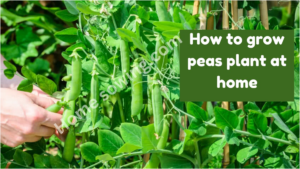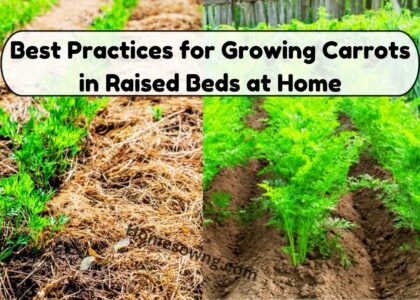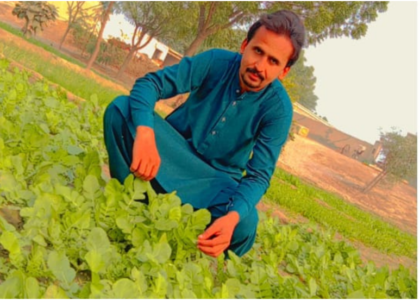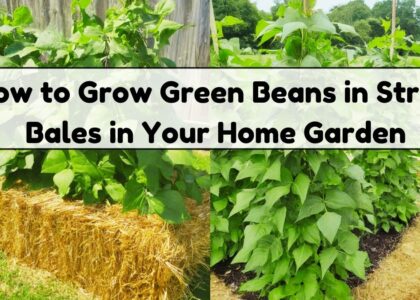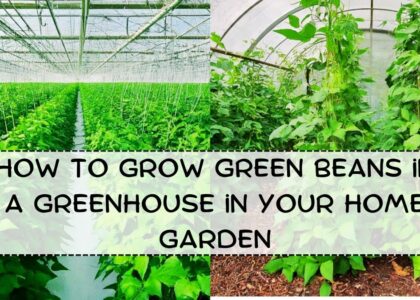Peas, with their vibrant green color and sweet flavor, are a staple in many gardens. Whether you’re a seasoned gardener or a beginner with a desire to cultivate your own fresh produce, growing peas is a rewarding and relatively simple endeavor. In this guide, we’ll take you through the step-by-step process of planting, growing, and harvesting your peas, from selecting the right seeds to enjoying the fruits of your labor at the dinner table.
Selection of Right Seeds
Before you can start planting, choosing the right pea seeds for your garden is essential. Consider factors such as the variety of peas you prefer—shelling peas, snap peas, or snow peas—and the climate and growing conditions in your area. Look for reputable seed suppliers or nurseries that offer high-quality, disease-resistant seeds to ensure a successful harvest.
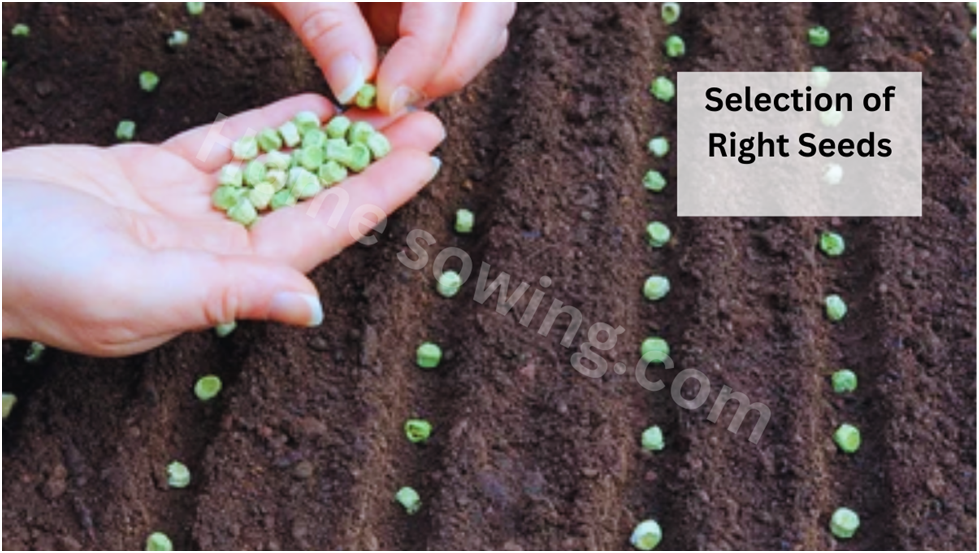
Types of Peas
Shelling Peas (Garden Peas)
These are harvested for the seeds inside the pods, which are usually discarded.
Snow Peas
These have edible flat pods and are often used in stir-fries and salads.
Sugar Snap Peas
These have plump, edible pods that are sweet and crunchy.
Preparation of Soil
Peas grow best in well-drained soil with a pH between 6.0 and 7.5. Begin by preparing your garden bed or container by loosening the soil to a depth of at least 6 inches and removing any weeds or debris. Incorporate organic matter, such as compost or aged manure, to improve soil structure and fertility. Avoid compacted or waterlogged soil, as this can hinder root development and lead to poor plant growth.

Peas Planting
Peas can be planted directly into the ground or started indoors in biodegradable pots before transplanting. If planting directly, sow pea seeds 1 to 2 inches apart and 1 inch deep, spacing rows 18 to 24 inches apart to allow for proper air circulation and growth. If you’re growing climbing varieties, provide support with trellises, stakes, or a pea fence to support the vines as they grow. Water the seeds gently but thoroughly after planting to ensure good soil contact and hydration.
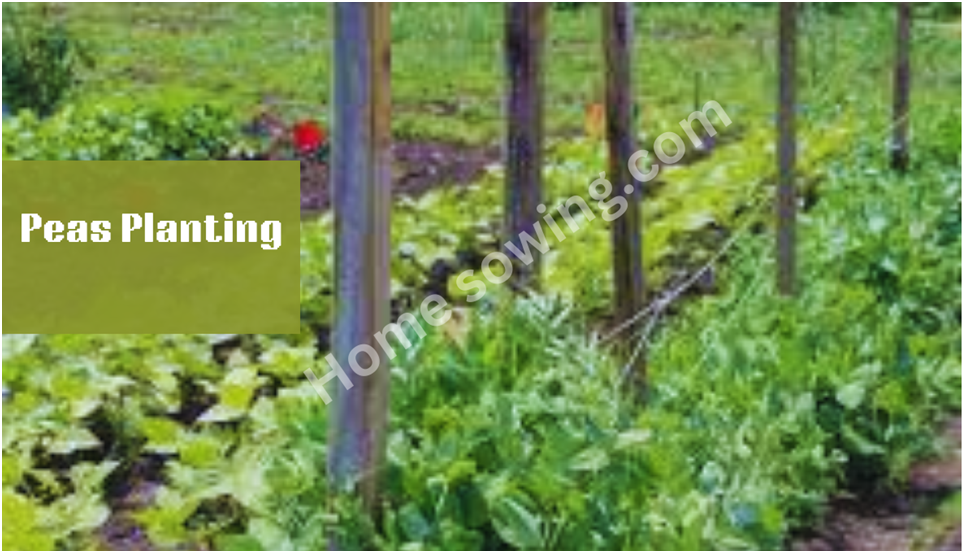
Steps for Planting
Timing
Plant peas as soon as the soil can be worked in the spring, or in late summer for a fall crop.
Spacing
Sow seeds 1-2 inches apart and 1 inch deep, with rows 18-24 inches apart.
Support
Use trellises, stakes, or netting for climbing varieties.
Watering and Care
Consistent moisture is crucial for healthy pea plants, especially during flowering and pod development. Water regularly, aiming to keep the soil evenly moist but not waterlogged. Mulch around the base of the plants to conserve moisture, suppress weeds, and regulate soil temperature. Monitor your pea plants for signs of pests, such as aphids or pea weevils, and address any issues promptly using organic pest control methods if necessary.
Peas Harvesting
The moment you’ve been waiting for arrives when your pea plants begin to produce pods. Harvest snap peas when the pods are plump, crisp, and bright green, usually about 60 days after planting. Shelling peas should be harvested when the pods are well-filled but still tender, while snow peas are best picked when the pods are flat and the peas inside are just beginning to swell. Use scissors or pruners to avoid damaging the vines, and harvest regularly to encourage continued production throughout the growing season.



